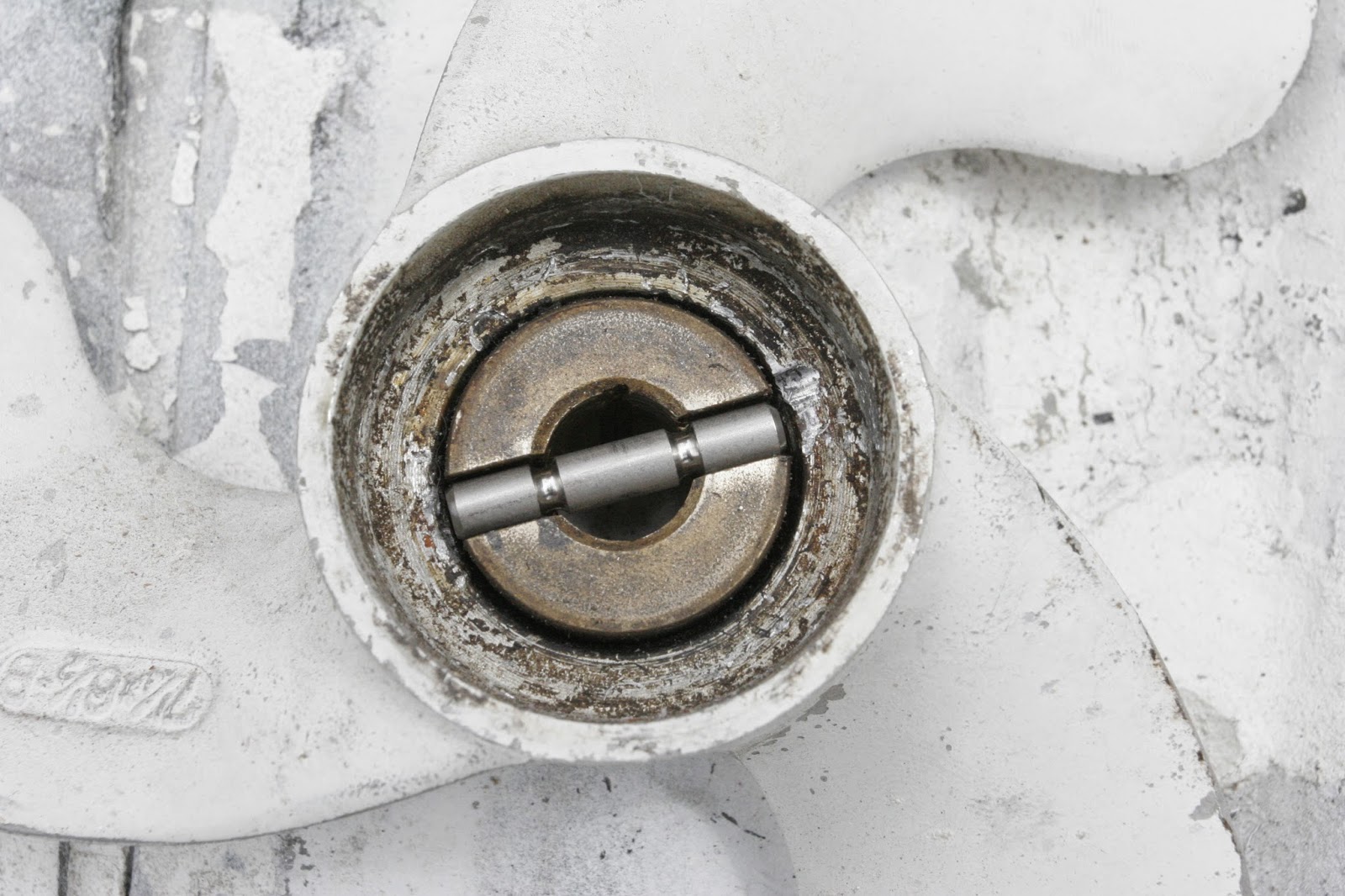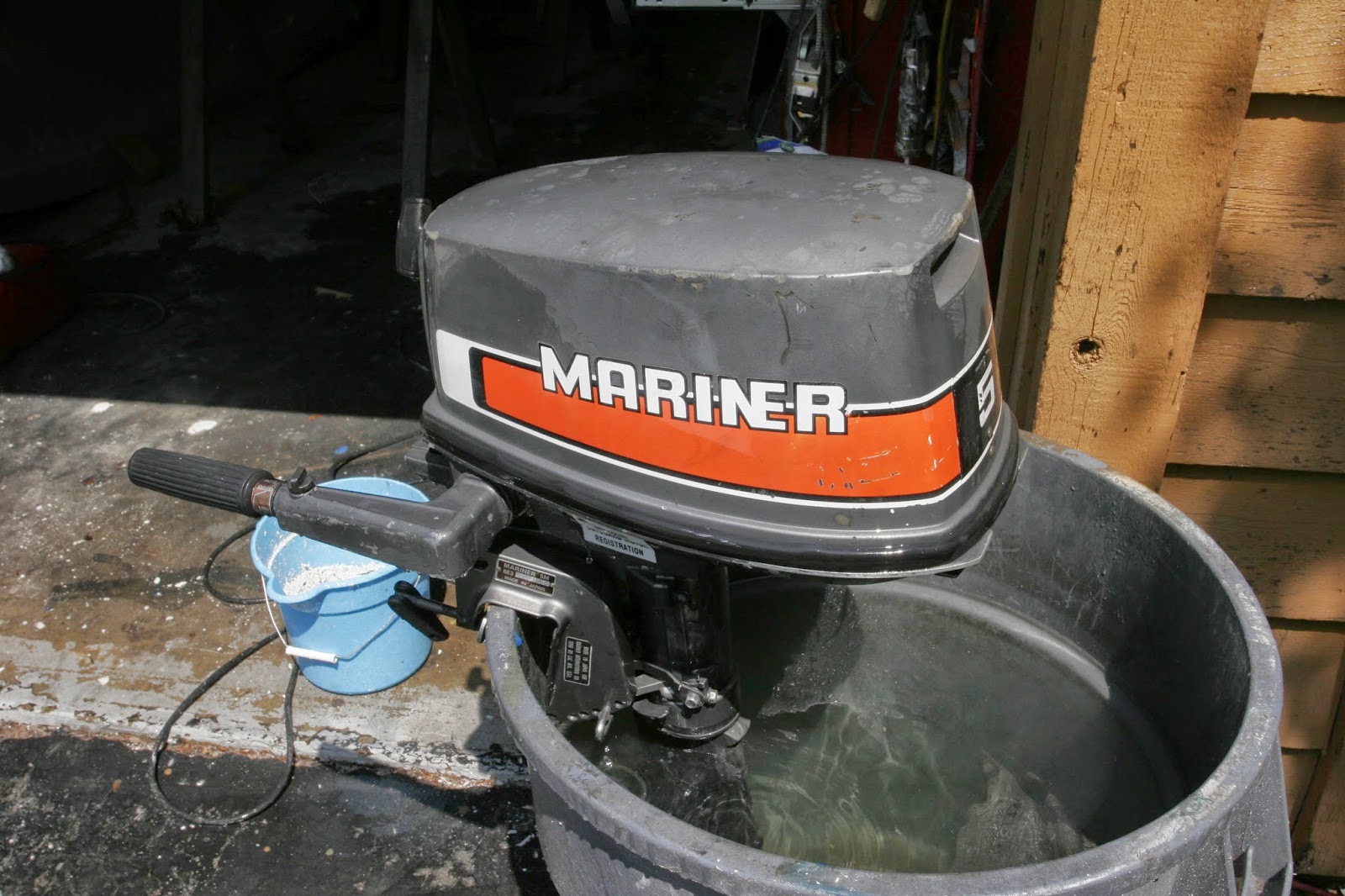After an thorough polishing, we waxed the plug 6 times and buffed it.
Next was a spray coating of PVA. This is Poly Vinyl Acetate. This stuff forms a very thin film on a plug or mold and allows you to separate the new from the old. For a large plug or mold, we spray it on with an automotive type paint air gun. This dries quickly. It is solvent proof but washes off after the processing with warm water. After you pull a few parts from a mold, you can leave out the PVA and just use wax.
Next we used the cup gun to apply a layer of gel coat. We just used regular tinted gel coat. If we are happy with the shape and plan on making many hulls, we will make a second mold with tooling gel coat which has a harder surface.
Last night we did a wet layup of chopped strand mat fiberglass which was the first layer of glass on the mold. Today we will add several more layers to make a stiff mold.
 |
| the plug after polishing and waxing |
 |
| PVA (the parting film) and wax |
 |
This is the gel coated plug before we added fiberglass.
This coating will be the tooling surface of the working mold. |
 |
| This photo shows the mold beginning to take shape. This is the first layer of glass. |













 The mold looks great. We will go over it with 1500 grit paper wet then re buff to get rid of the PVA texture.
The mold looks great. We will go over it with 1500 grit paper wet then re buff to get rid of the PVA texture. Here are some photos of the deck mold:
Here are some photos of the deck mold:








